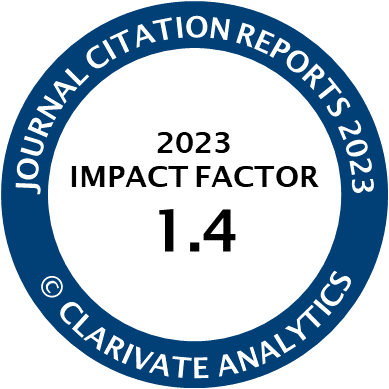Article | Open Access
Building Recognition, Redistribution, and Representation in Disadvantaged Neighbourhoods: Exploring the Potential of Youth Activism in Scotland
| Views: | 4117 | | | Downloads: | 784 |
Abstract: This is a time of intersecting crises for young people in Scotland. More than a decade of austerity, the Covid‐19 pandemic, cost‐of‐living crisis, climate emergency, and ongoing global conflict all threaten youth security and create barriers to economic and civic participation. Alongside this, youth non‐participation is often framed as an individualised moral problem, diverting focus away from its structural causes. Evidence on youth activism suggests that young people are seeking new, creative spaces and modes of expression to challenge stigma, express dissent, and challenge inequalities in their communities. With support from grassroots youth and community organisations, youth activists can build trust, critical thinking skills, and solidarity. However, the extent to which youth activism can succeed in challenging structural causes of inequality, especially in disadvantaged neighbourhoods, requires further scrutiny. We draw on Nancy Fraser’s theory of participatory parity to explore how redistribution, recognition, and representation play out in the lives of young people, and how grassroots youth and community organisations support their development as activists. Based on a research study on the barriers and enablers to youth activism in Scotland, we seek to understand how neighbourhood‐based efforts to challenge stigma and economic inequality build dignity and hope, how relationship‐building between young people and the adults in their communities can support status recognition, and how these both contribute to emergent youth political representation.
Keywords: disadvantaged neighbourhoods; grassroots organisations; participatory parity; youth activism; youth work
Published:
© Sarah Ward, Maureen McBride, Claire Bynner, Iain Corbett. This is an open access article distributed under the terms of the Creative Commons Attribution 4.0 license (http://creativecommons.org/licenses/by/4.0), which permits any use, distribution, and reproduction of the work without further permission provided the original author(s) and source are credited.




